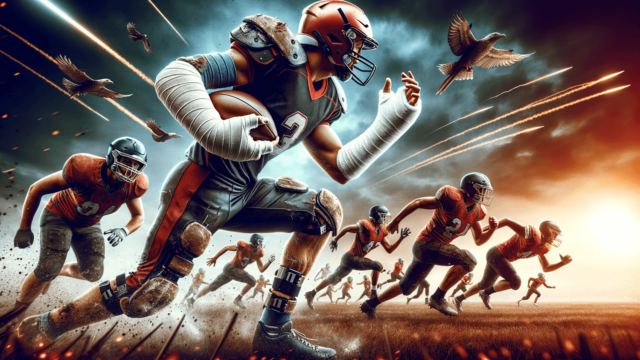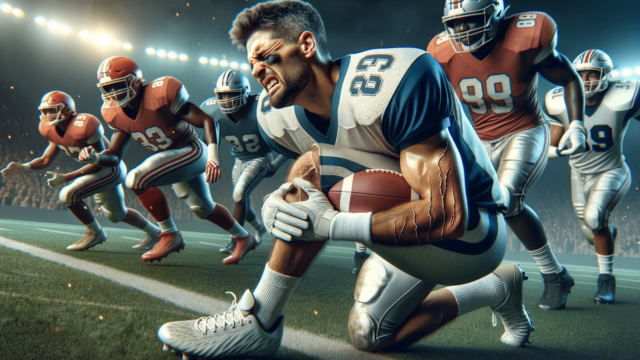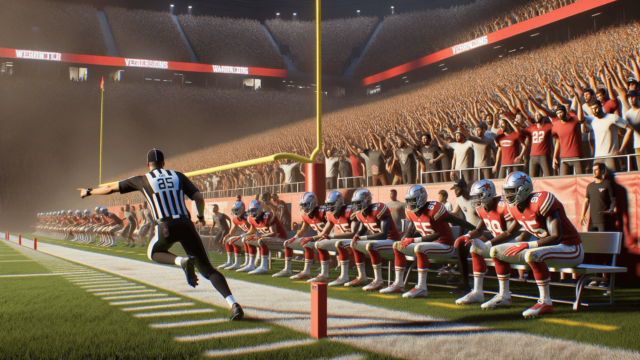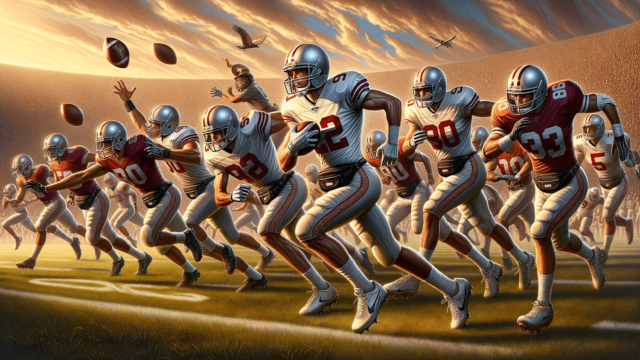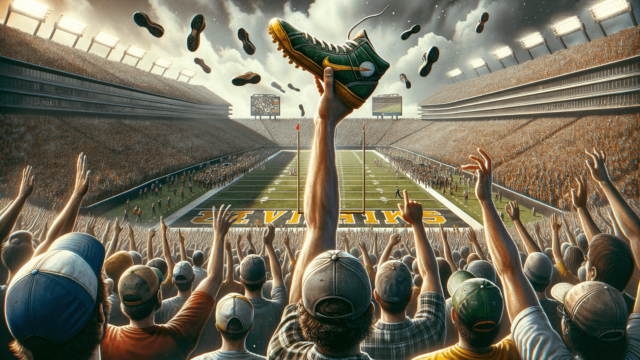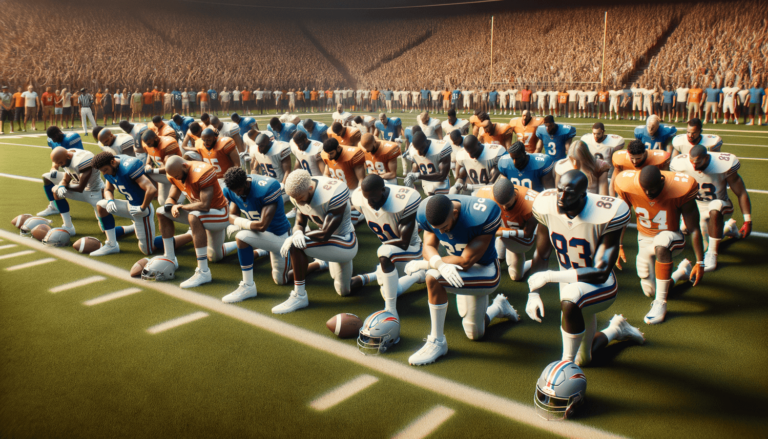
Why Do Football Players Kneel When Someone Gets Hurt?
Written by: Football Universe
Last updated:

Football players kneel when someone gets hurt to show respect and concern for the injured player, as well as to give medical staff space to work. This gesture also helps to calm teammates and keep them focused during potentially stressful situations.
Understanding the Gesture
When a football player gets hurt, it’s common to see their teammates and opponents kneel. This gesture is an act of respect and concern for the wellbeing of the injured athlete. Players adopt this posture to acknowledge the seriousness of the situation and demonstrate solidarity with the hurt player.
Creating Space for Medical Staff
Kneeling serves a practical purpose as well. It allows medical professionals and team staff to work more efficiently by giving them ample space to assess and treat the injured individual. When players kneel, they help to prevent crowding and ensure a clear path for stretchers or medical equipment if needed.
Emotional Impact on the Team
When a teammate gets injured, it can be an emotionally charged moment for players on the field. Kneeling helps to maintain composure, focus, and a team-first mentality among remaining players. This learned behavior supports the overall mental resilience of the team during challenging moments.
Tradition and Sportsmanship
Kneeling when a player gets injured is a time-honored tradition that transcends football. This act of sportsmanship is seen in many sports around the world, as a symbol of respect and empathy across teams and competitors. By participating in this gesture, players uphold the values of fair play and camaraderie that contribute to the spirit of the game.
The Origins of Kneeling in Sports
Though it is unclear when exactly players began kneeling as a gesture in response to injuries, its roots can be traced back to various sports and cultures throughout history. The practice likely evolved from multiple origins, with an emphasis on respect and solidarity, and has now become a universally recognized gesture across numerous sports, including football, rugby, and basketball, among others.
Taking a Knee as a Safety Measure
While the more profound aspects of sportsmanship fuel the tradition of kneeling, it also serves as a safety measure during an injury. Players, coaches, and referees understand the importance of giving injured athletes enough space to receive appropriate care. Additionally, taking a knee signals to other players on the field that a stoppage in play has occurred and that they should maintain a safe distance to avoid exacerbating the situation or hindering the work of the medical staff.
Significance of Kneeling Off the Field
The act of kneeling carries weight both on and off the field in different contexts. In recent years, it has been adopted as a peaceful form of protest in various sports, most notably American football, to raise awareness and show support for social justice issues. While kneeling as a form of protest differs from the gesture in response to an injury, both instances carry a shared sense of camaraderie and respect for one another.
Building Team Unity
In football, as with many other team sports, players build strong bonds both on and off the field. Taking a knee during an injury, or at any other significant moment, helps reinforce these bonds and promotes a supportive atmosphere within the team. These gestures of empathy and solidarity can contribute to stronger team dynamics and enhanced performance.
FAQ: Understanding the Act of Kneeling in Football
In this section, we will address some of the common questions and concerns related to kneeling in football when a player is injured. These direct answers aim to provide clarity and additional information on this universal gesture of respect and concern in the sport.
Is the act of kneeling during an injury unique to football?
No, the act of kneeling during an injury is not exclusive to football. Numerous other sports, including rugby, basketball, and American football, among others, also encourage this gesture as a way to acknowledge and respect the injured player and the medical staff attending to them.
Does kneeling apply to all levels of football?
Yes, kneeling during injuries applies to all levels of football, from grassroots to professional leagues. This behavior reflects the essential values of sportsmanship and concern for player welfare that are emphasized across competitive levels.
Are coaches and team staff expected to kneel too?
While not required, coaches and team staff may also choose to kneel in support of an injured player. The primary focus for medical staff, coaches, and assistants during an injury is to ensure that the hurt athlete receives appropriate care, which may involve administering first aid, strategizing for the team, or preparing substitutes.
How do referees manage the game during an injury?
During an injury, referees play a crucial role in managing the game. They stop the match to allow medical staff to attend to the injured player, signal to players to distance themselves from the incident, and restart the game once the situation has been resolved. Referees can also award a drop ball or a free-kick, depending on the circumstances that led to the injury.
What happens when the injured player receives treatment?
Once an injured player has been attended to and either treated on the field or removed from play, teammates and opponents typically rise from their kneeling positions and continue the game. If an injured player must leave the field, the team can either continue with one less player or introduce a substitute depending on the rules of the competition.
Featured Posts
- No pillar pages found.
